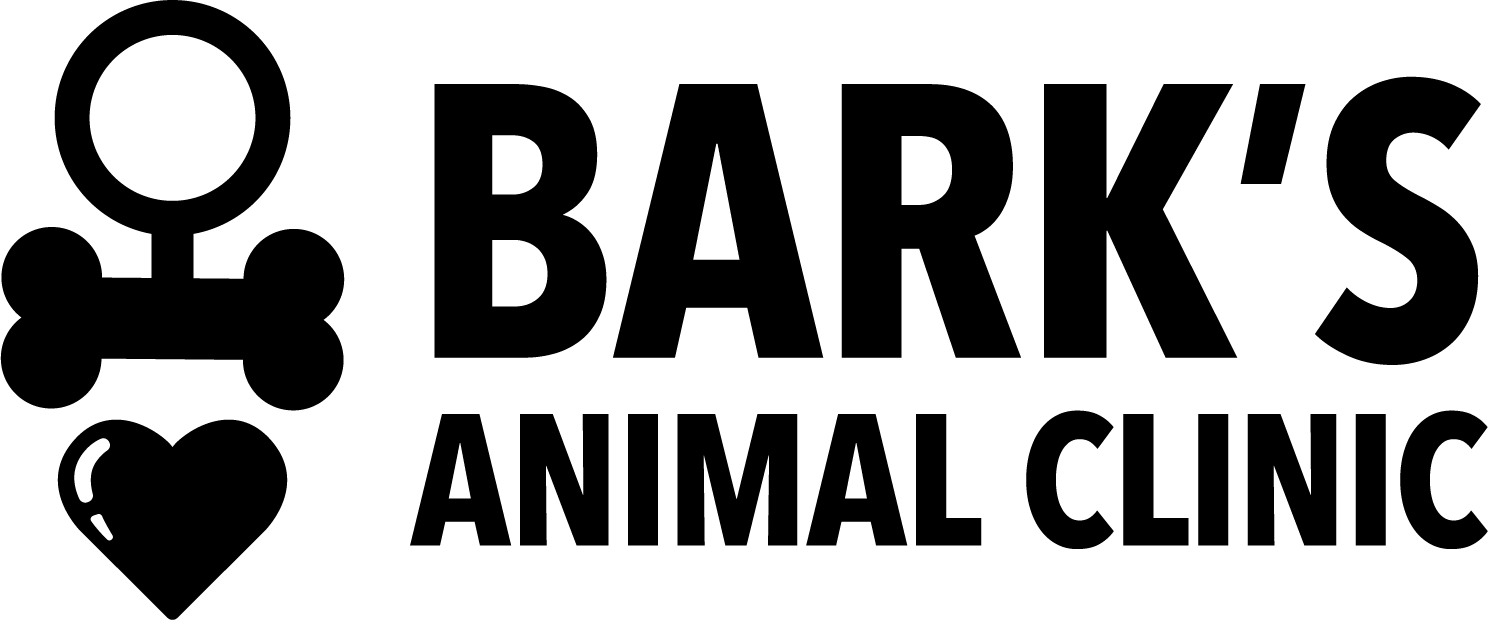Library
-
Colitis simply refers to inflammation of the large intestine or colon. Signs include frequent, small volumes of semi-formed to liquid feces, straining, and small amounts of bright red blood. The causes of colitis include stress, infections, and parasites, trauma, allergic colitis, and primary inflammatory bowel disease. The diagnosis of colitis is based on your pet's clinical signs and history, microscopic evaluation of the feces, rectal examination, cytology, and blood tests. The specific cause of colitis will dictate the appropriate treatment. For most dogs diagnosed with colitis, the prognosis is excellent for a speedy recovery.
-
Choosing the right collar or harness for a dog requires understanding how each device works and what is best for the dog and the owner. Correct selection, fit, and use are crucial for any training tool's success.
-
Gentle, graceful and sweet, the Collie wags her tail gently whenever approached. Eyes seem to smile their welcome. They're willing to do the same chore again and again, only asking a loving touch in thanks.
-
Collie Eye Anomaly (CEA) is a genetic mutation affecting many breeds that causes developmental defects in the eye that can lead to vision deficits or blindness. This defect can be diagnosed by a veterinary ophthalmologist between 6 and 8 weeks of age by visualizing spots of choroidal hypoplasia or a colobomas . It can be associated with microphthalmia or enophthalmia. It can lead to retinal detachment and blindness. Although laser repair of partial retinal detachments can be attempted if detected in early stages, there is generally no treatment for CEA. Vision varies depending on the extent of the lesions and some dogs will become blind. Prevention requires not breeding animals that carry the mutation and this can be achieved through genetic testing of breeding dogs.
-
Colloidal oatmeal topical (brand name DermAllay®, Epi-Soothe, others) is an anti-inflammatory, antipruritic (anti-itching), and emollient (softening, soothing) agent used in the treatment of surface skin disorders and skin reactions in cats and dogs. It is made from oat grains (Avena sativa). Colloidal oatmeal topical comes in spray, cream rinse, and shampoo forms.
-
Color dilution alopecia is an autosomal recessive genetic disorder that affects dogs with dilute-colored coats causing hair loss. Some dogs will also be affected by secondary bacterial infections so topical management and pruritus treatments may be needed to improve the dog's comfort. Affected dogs and their relatives should not be bred.
-
Colostrum is given by mouth and is used over the counter to treat various immune-mediated and inflammatory conditions. Give as directed by your veterinarian. Side effects are uncommon and may include gastrointestinal upset in pets with a dairy allergy. There are no known contraindications. If a negative reaction occurs, please call your veterinary office.
-
The complete blood count (CBC) assesses different parameters of the cells in the blood including total number, appearance, size, and shape. Red blood cells, white blood cells, and platelets comprise the cellular component of the blood.
-
Compulsive disorders are repetitive behaviors done so frequently that they interfere with a dog's daily life. Some behaviors performed compulsively can cause physical injury. Compulsive disorders may reflect underlying behavioral illness, medical illness, or a combination. Treatment programs should address the behavioral and medical causes. Some aspects of behavioral treatment may need to be continued for the life of the dog.
-
Congestive heart failure (CHF) refers to the heart's inability to pump adequate blood to the body. There are many causes of CHF in dogs. The two most common causes are mitral valve insufficiency (MVI), or a leaky mitral valve, and dilated cardiomyopathy (DCM). The most common clinical sign of CHF is persistent coughing accompanied by difficulty breathing. Other signs include coughing when at rest or sleeping, an increased resting respiratory rate or excessive panting, persistent loss of appetite, a swollen belly, and pale or bluish gums.

